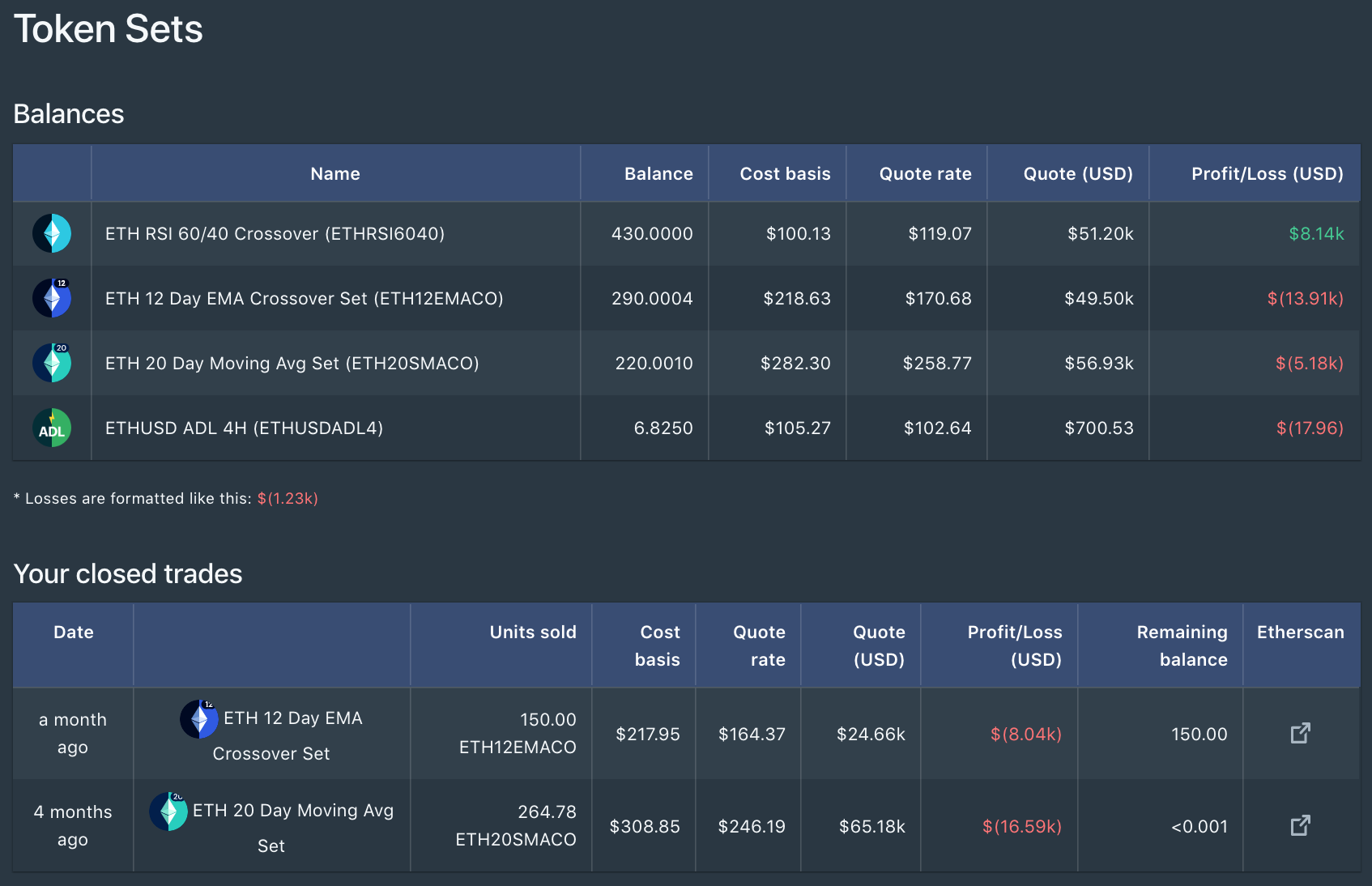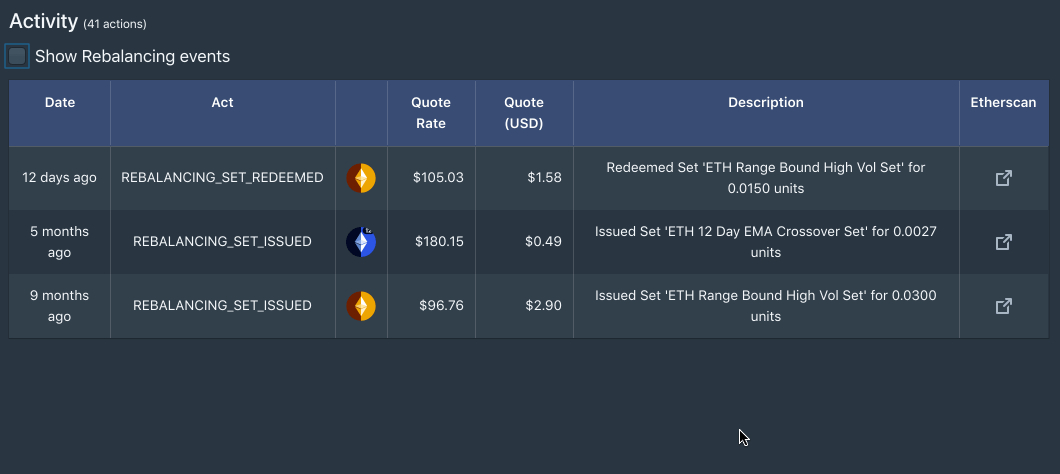TLDR; Today, we are happy to open-source a compilation of customer research on the DeFi userbase. We've invested 100's of hours researching the most engaged DeFi users to understand their immediate and urgent needs. We are also sharing our process of whittling down these insights into a list of priority action items. Part 1 of this post includes research on Set protocol and Gnosis wallets.
As soon as we started talking to these users about the DeFi data availability gap, we knew we were onto something big. But we can't possibly attempt to solve every problem we heard from them. Our agenda was to synthetize all of the interactions we've had with them into a set of repeatable, narrow use-cases with high stickyness.
We wanted to build SafeKeep – our record-keeping app – to address the desperate needs of these investors, traders and users.
How to make what users want
We prepared a questionnaire that would help us de-prioritize ideas that would lead to dead-ends. We wanted to avoid "nice to have" problems – if we tried solving such problems, retention would be bad and our solution would be easily forgotten.
Our customer interview questions
- What is your #1 pain point in using this dApp (i.e., Set token, Synthetix, Gnosis Wallet)?
This question gives you insight into what's top of their minds. If the problem isn't within the set of acceptable problems Covalent can solve, we discount the rest of the answers.
- How are you currently solving or working around this problem?
If the user hasn't made any attempts to solve or workaround the problem, then they are likely misleading you. This is not their #1 problem or they are not that invested as an user.
- Do you expect this problem to improve, worsen or stay the same in the near future? Why?
If the problem is temporary, then it's not worth solving.
- Why is this a significant problem?
This question gives us insight into how the user describes the problem. We re-use the words from this answer in our marketing copy.
- How do you feel about the current situation?
This question give us insight into the emotional state of the user facing the problem. You're looking for words like "frustrated", "angry", "confused", etc. We hear the word "nightmare" a lot as well.
- What would be the impact of solving this problem?
This would be the end-state of the user when the problem goes away. If they are not able to explain an impact, then this may be a hint that the problem might be a "nice to have."
- What percentage of day/week do you spend fixing the problem?
Insight into how much the problem is reducing productivity or costing them resources.
- How much would you be willing to pay an external contractor to manually solve this problem?
"Take my money" 🤑🤑🤑
Case study 1: Set protocol (Tokensets)
Set is a protocol that bundles crypto-assets into tokenized baskets that are programmed to automatically restructure based on any management or trading logic. They've prebuilt a set of strategies to automate your portfolio construction. The product is popular with novice traders who may not necessarily have the time or experience to implement such strategies.
Problem 1: Tokenset Profit-and-Loss statements

Tokensets profit-and-loss calculations.
The #1 problem a lot of traders have with Set is the lack of visibility into their realized and unrealized gains. Many of the traders had built extensive spreadsheet models that calculated the cost basis of their positions before they were able to gauge their own performances.
Solution: SafeKeep has a real-time PnL for tokensets with the ability to download a CSV of your actions reconstructing your open and closed positions.
Problem 2: Tokenset Rebalance notifications

Tokensets rebalancing events.
The #2 problem – a lot of traders had no idea that their tokensets had rebalanced. There are dozens of Sets available and they want notifications that the tokens that they specifically held were rebalanced.
Solution: SafeKeep has an understanding of the Sets you hold in your wallet and show you historical rebalancing events. It can additionally send you email / SMS notifications when a rebalancing event occurs.
Case study 2: Gnosis Wallet
The Gnosis multi-signature wallet is a key piece of infrastructure software that holds funds on Ethereum – securing over a billion dollars. A multisig wallet requires multiple parties (called owners) to agree on transactions before execution.

Gnosis Safe – record of transaction confirmations, owners and activity.
By design, the Gnosis Safe contracts have a very small surface area. Our thesis is that every company in the future will have crypto on their balance sheets and that crypto will be held in a Gnosis Safe.
The theme of all the feedback we received about Gnosis Safe is along the lines of more visibility:
- Show me the current and historical owners and when they were added / revoked.
- Show me transactions that are pending because it hasn't received the minimum number of required confirmations. Show me who has confirmed and if I as a user have confirmed a particular transaction.
- Download a CSV of every transaction that was submitted for approval, cancelled or successfully executed.
Closing thoughts
This blog post is part 1 of a series on making something people want. Join the SafeKeep waitlist if you want to try it out today:
Follow the conversation on Twitter
1/ Today, we are excited to open-source the 100's of hours we've invested in DeFi user research. We spoke to the most engaged DeFi users to understand their immediate and urgent needs. 🦸♀️🧙👩👦👦We are also sharing the tools we've used for this research.A thread ⬇️⬇️⬇️— Ganesh Swami (@gane5h) February 5, 2020 <script async src="https://platform.twitter.com/widgets.js" charset="utf-8"></script>